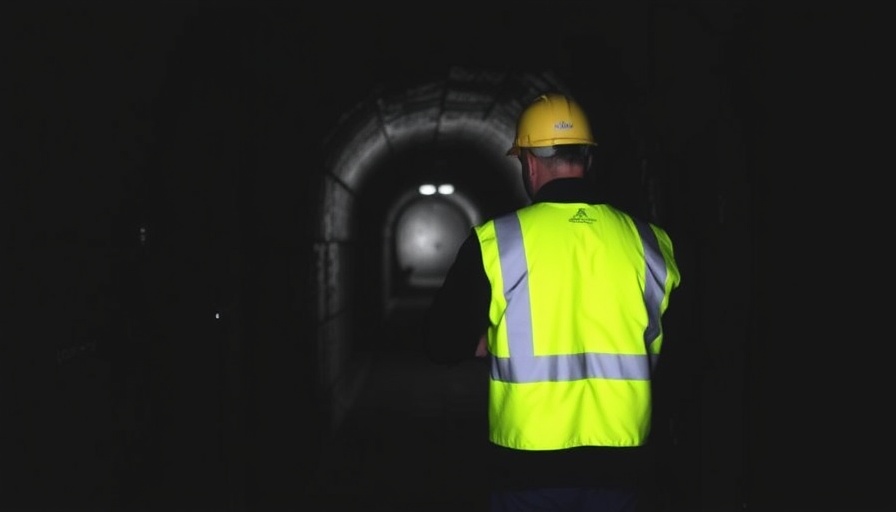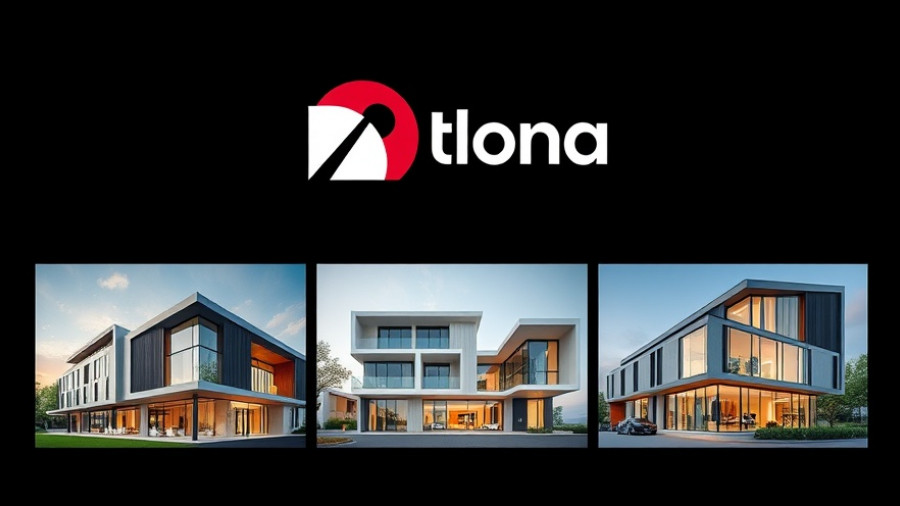
Understanding the Importance of Hi-Vis Clothing in Confined Spaces
In the world of commercial construction and facility management, safety is paramount, especially in confined spaces. The visibility of workers is crucial, as it not only helps prevent accidents but also ensures that emergency responders can locate them quickly in case of an emergency. This is where high-visibility (hi-vis) clothing comes into play. Featuring bright colors and reflective strips, hi-vis clothing can significantly enhance safety conditions in potentially hazardous working environments. But how effectively is this standard being implemented?
Why Hi-Vis Gear is Essential
Hi-vis clothing is designed with the intent of being clearly visible in various lighting conditions. It is particularly beneficial for industries dealing with confined space work, such as construction, manufacturing, and maintenance. According to OSHA guidelines, wearing hi-vis gear in these spaces can help minimize risks such as accidental injuries and fatalities caused by poor visibility. When workers are easily seen, the likelihood of accidents decreases, leading to a safer work environment.
Real-World Application: Case Study
Consider a scenario where a construction team is tasked with refurbishing a warehouse. The interior is dimly lit, with numerous narrow passages and high shelves. By mandating the use of hi-vis clothing, not only can crew members see and be seen by each other, but there is also a noticeable reduction in safety incidents. One facility manager reported a 30% decrease in near-misses after reinforcing the hi-vis safety policy.
Actionable Insights for Business Owners
For business owners and facility managers, incorporating hi-vis safety measures can lead to significant operational benefits. Here are some actionable strategies:
- Invest in Quality Hi-Vis Gear: Selecting reliable manufacturers ensures that the clothing meets safety standards and provides the required visibility.
- Implement Safety Training: Regular training sessions emphasizing the importance of hi-vis gear can foster a safety-first culture.
- Include Hi-Vis Standards in Contracts: Address hi-vis requirements within contractor agreements to ensure compliance in every project.
The Future of Safety Standards in Construction
With the continuous evolution of building and safety regulations, staying ahead of safety trends can provide significant advantages. Emerging technologies such as smart textiles that can indicate when a worker is in danger by changing color are being developed. Being informed about these innovations opens new avenues for enhancing worker safety in confined spaces.
Conclusion: Prioritizing Safety as a Business Strategy
Adopting hi-vis safety measures in confined spaces not only protects your workforce; it also reflects well on your business reputation. Clients and stakeholders appreciate a commitment to safety, which can lead to more opportunities and enhanced trust in your brand. Make safety a priority today—evaluate your current practices and consider integrating comprehensive hi-vis strategies into your workplace.
 Add Row
Add Row  Add
Add 




Write A Comment